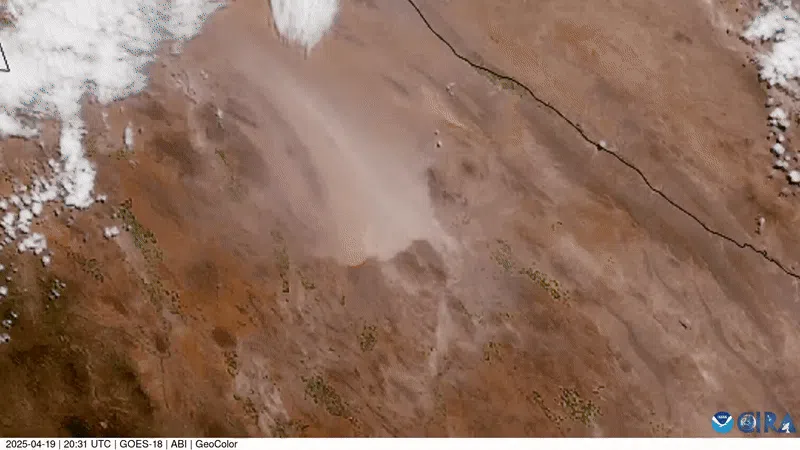Unpacking the Colossal Dust Storm That Swept Northern Mexico
On Saturday, April 19, 2014, a monumental dust storm unleashed its fury across northern Mexico, captivating observers and revealing the complex dynamics of our planet's atmosphere. What started as a local weather event quickly escalated into a spectacle of immense proportions, offering a unique glimpse into the power of Earth's natural systems, especially when viewed from a broader perspective.
The Sheer Scale of the Phenomenon
Observations quickly highlighted the astonishing reach of this atmospheric event. Stretching approximately 150 miles from its inception near Villa Ahumada to the Chihuahua area, this wasn't merely a localized disturbance but a vast, moving wall of dust. Such a scale underscores the significant energy involved in generating and sustaining such a formidable storm.
Atmospheric Dynamics Revealed
Beyond its impressive size, the dust storm provided a fascinating case study in atmospheric physics. Perhaps one of the most striking observations was the presence of winds blowing perpendicular to each other within the same event. This seemingly paradoxical phenomenon is a testament to the layered structure of our atmosphere. At different altitudes, air currents can move in entirely different directions, creating complex interactions that, in this case, contributed to the storm's unique development and movement. This layered movement was precisely what made the event so compelling for researchers and enthusiasts alike.
The storm's leading edge also drew comparisons to a familiar sight: "It looks for all the world like a little wave lapping up on a beach." This analogy beautifully captures the way the dust cloud advanced, mimicking the fluid dynamics seen in oceans, but on an atmospheric scale. Furthermore, the intricate patterns within the storm, from macro-level formations to smaller swirls, invoked the concept of "fractals all the way down," suggesting self-similar patterns repeating at various scales.
A Glimpse from Above
The comprehensive view of such events is often made possible by advanced satellite observation, allowing us to grasp the true magnitude and intricacies that are otherwise difficult to discern from the ground. These broad perspectives are crucial for understanding global weather patterns and the impacts of large-scale atmospheric phenomena.

Conclusion
The northern Mexico dust storm of April 2014 was more than just a dramatic weather event; it was a powerful reminder of Earth's dynamic atmosphere. It highlighted the beauty and complexity of atmospheric processes, from the interplay of winds at varying altitudes to the fractal-like patterns within nature's grand designs. Such events, observed from space, continue to enrich our understanding of our own planet and its ever-changing climate.




